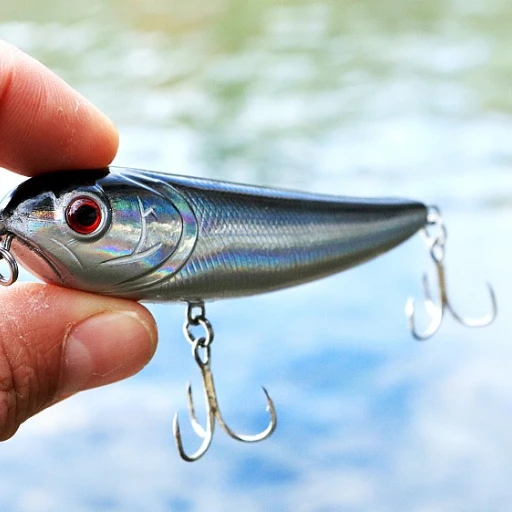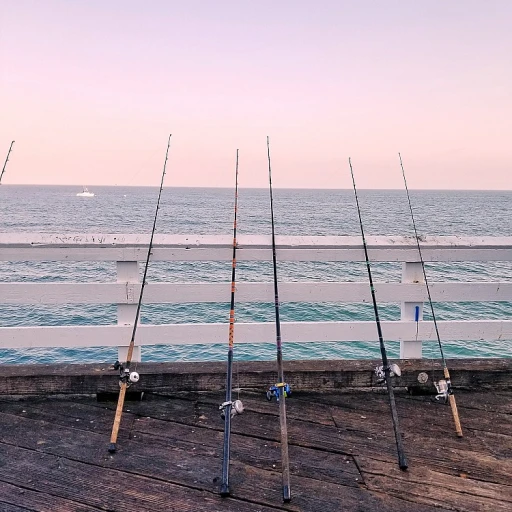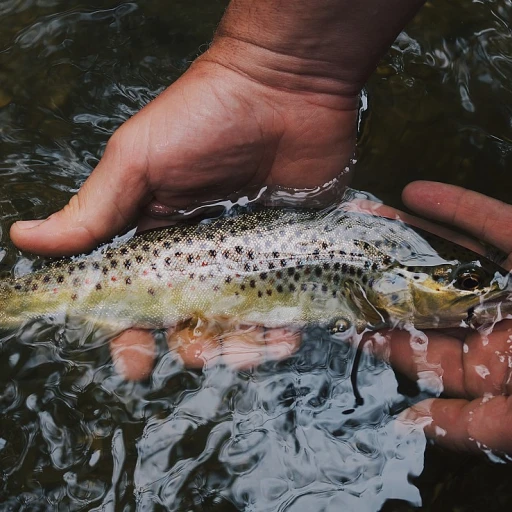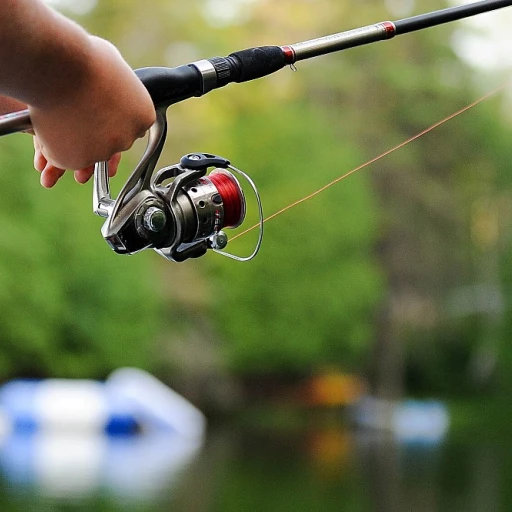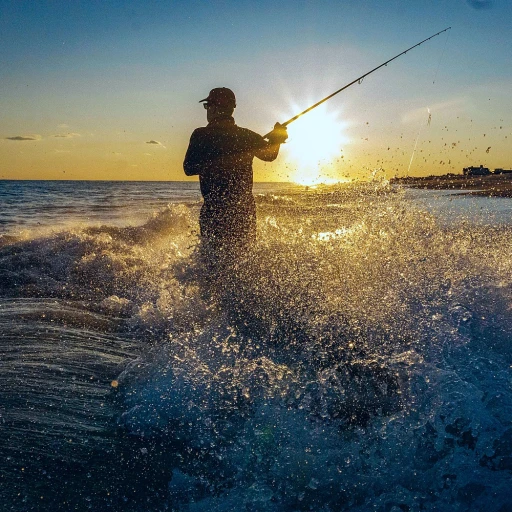
Understanding Braided Line in Fly Fishing
The Role of Braided Line in Fly Fishing
Braided line, often referred to as braid, has become an invaluable component in the world of fly fishing. As anglers continue to seek ways to enhance their experience and improve their results on the water, braided line backing has emerged as a preferred choice for many. In fly fishing, the backing plays a crucial role. It serves as a buffer between the fly line and the reel, providing extra yardage when you're fighting a stubborn fish like trout or even salmon. While traditional dacron backing is still widely used, the superior properties of braided alternatives offer distinct advantages. Braided backing, such as gel spun or dacron braided line, provides incredibly high strength-to-diameter ratios. This makes it possible to spool more line onto a reel, crucial when battling fish that make long runs. Another standout feature of braided line is its durability. Unlike dacron, braided line resists abrasion from pebbles, rocks, and other underwater items. This makes it a favorite for those who frequently fish in challenging environments with rocky riverbeds. For those looking to explore the various types of fishing lines, including braided line, check out our comprehensive guide on fishing lines. This resource can help you make informed decisions about which line types will best suit your needs. Understanding these benefits can set the stage for a more enjoyable and successful fly fishing endeavor. As we delve deeper into the advantages of using braided line for backing in the coming sections, we will cover aspects such as selecting the right braided line and how to spool it properly. Stay tuned.Benefits of Braided Line as Backing
Unraveling the Benefits of Braided Backing
Braided line, such as braided fly and braid backing, has become increasingly popular in the arena of fly fishing due to its remarkable benefits. Here’s why integrating a braided line as backing on your fly reel can enhance your fly fishing experience:- High Line Capacity: Braided line possesses a thinner diameter compared to traditional dacron fly backing. This allows you to spool more line on your reel without sacrificing as much space. It’s especially beneficial when targeting larger fish or tackling salmon fishing and trout fishing, as it provides ample line for those notorious long runs.
- Strength and Durability: Known for its incredible strength-to-diameter ratio, braided line packs a punch. It offers substantial pulling power and durability, making it ideal for battling powerful fish while maintaining a lower profile. Imagine a product that stands resilient under high tension; you’ll appreciate this when your target is a big catch.
- Reduced Stretch: A significant advantage of using braid backing is its minimal stretch composition. This improves the sensitivity in your reel, allowing you to detect subtle tugs and nibbles. It enhances your hook-setting performance leading to a more successful catch rate.
- Longevity: A well-maintained braided backing will endure longer than typical materials like dacron. This longevity translates to better value for your investment, which positively affects the overall price per use of your fly reel items.
Choosing the Right Braided Line for Your Reel
Selecting the Ideal Braided Line for Optimal Fly Fishing
To truly leverage the advantages that braided line offers as backing, careful selection is crucial. Not all braided lines are made equal, and choosing the right product can enhance your fishing experience. Here’s what to consider when selecting the perfect braided backing for your fly fishing reel.
- Breaking Strength: This is a vital specification, ensuring that the line can withstand the weight and force of target species like trout or salmon. Match the strength of the braid to the potential size of your catch.
- Diameter: Braided lines are known for their thin diameter relative to their strength. This allows anglers to pack more line on their reel, a great advantage when targeting fish that may result in long runs.
- Material Type: Braided lines can be made from different materials, including gel spun or dacron. Gel spun is ideal for lovers of ultra-thin backing while dacron fly lines offer a more economical option.
- Color Visibility: While some prefer high visibility colors for easier tracking and knot tying, low visibility options exist for those seeking more stealth.
- Free Delivery Considerations: Price can be a factor when choosing braided lines. Look for options with free delivery to maximize budget efficiency without sacrificing quality.
Ensuring the appropriate choice can significantly improve both reel balance and overall fishing success. Make sure to safeguard your fishing gear to complement your line choice, further enhancing your recreational fishing ventures. With the right braid, your fishing reel will perform optimally on every adventure.
Properly Spooling Braided Line on Your Reel
Getting the Line onto the Fly Reel with Precision
Properly spooling braided line on your reel is essential for ensuring a smooth and efficient fly fishing experience. Employing the correct techniques can prevent common issues such as line tangles and enhance your fishing sessions, whether you're going after trout, salmon, or any other species. Firstly, start by securing the braided line to the fly reel. You can use a simple arbor knot to attach the line to the spool. Make sure it's snuggly tied, but be careful not to overtighten, as this can damage the braid. As you spool the line, maintain steady tension with your fingers to ensure even, tight layers on the reel. This technique will prevent unwanted tangles or line slipping during usage. To facilitate a smooth spooling process, consider employing a line spooler. This tool helps maintain constant tension and makes spooling efficient. However, if you're manually spooling, ensure to have another person hold the spool, applying slight pressure to keep the braided line taut as it transfers to the backing reel. Keep spinning until you reach the desired amount of backing line for your specific fishing needs. Most fly fishing scenarios require approximately 150 yards of backing line, but consult your reel's specifications to confirm the appropriate capacity. Overfilling can cause problems with casting, while underfilling might limit your line reach. Once adequately spooled, test the setup by pulling some line off the reel. Check for any resistance that might indicate uneven layering. Adjust if necessary, because a well-spooled reel will enhance the performance of your fly line and reel. These steps, when followed diligently, can make a significant difference in your overall fly fishing experience, maximizing the potential of your braided line and ensuring smooth, hassle-free sessions on the water.Potential Challenges and Solutions
Addressing Common Hurdles with Braided Backing
While using braided line as backing on your fly fishing reel offers numerous advantages, certain challenges may arise. Understanding these potential issues can help you mitigate them effectively, ensuring a smooth fishing experience.
Concerns about Line Stretch and Knotting
Though the low stretch of braided line can improve your sensitivity to fish bites, it might also lead to sudden breaks if not managed properly. Knots might slip due to the slick nature of braid. To combat this, use a high-quality knot that is recommended for braid, like the Palomar or Double Uni knot, ensuring secure connections.
Managing Line Capacity and Diameter
Braid's smaller diameter means you can fit more line on your reel. However, you need to be careful not to overload your reel, which could affect casting and line performance adversely. Using gel spun backing, with its high strength-to-diameter ratio, can offer a better balance between load capacity and reel size.
Troubles with Line Abrasion
Though braided line is known for its durability, it can still be susceptible to abrasion. For better protection, inspect your line frequently and replace it as soon as signs of wear appear. Using high-quality products and maintaining free delivery services can keep your line in top condition.
Expert Recommendations on Handling Reverse Wind
In fly fishing, properly spooling your fly reel with braid backing is key. Make sure to apply consistent tension when spooling, keeping an eye on items like tuna and salmon that might cause sudden runs. This prevents line tangling and ensures the entire line's efficiency, particularly in trout fishing conditions.
By understanding and addressing these challenges, you position yourself to achieve the best possible performance with braided backing in your fishing endeavors, whether tackling trout in streams or reels for larger game fish.
Expert Tips for Maximizing Braided Line Performance
Maximizing Your Braided Line's Performance
To get the most out of your braided line when fly fishing, it's essential to consider a few expert tips that will enhance your fishing experience. Here are some practical insights to ensure your braided backing performs optimally:
- Regular Inspection: Frequently check your braided line for any signs of wear or damage. Look for fraying or weak spots, especially if you've been fishing in rough conditions or targeting larger fish like salmon or trout.
- Proper Storage: Store your reel in a cool, dry place to prevent the line from degrading over time. Avoid exposing it to direct sunlight for extended periods, as UV rays can weaken the line.
- Line Maintenance: Clean your line regularly to remove dirt and debris. This will not only extend the life of your line but also improve casting performance.
- Pairing with the Right Fly Line: Ensure your braided backing is compatible with your fly line. A well-matched setup will provide smoother casting and better control when fighting fish.
- Knots and Connections: Use reliable knots when attaching your fly line to the braided backing. A strong connection is crucial for preventing line breakage during a fight. Consider learning advanced knot techniques to ensure a secure setup.
- Adjusting for Conditions: Be prepared to adjust your setup based on the fishing conditions. For instance, if you're targeting larger species, consider using a higher strength braid to handle the increased pressure.
By following these tips, you can ensure your braided line remains a reliable and efficient part of your fly fishing gear. Remember, the right preparation and maintenance can make all the difference in your fishing success.
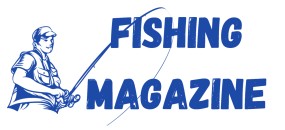
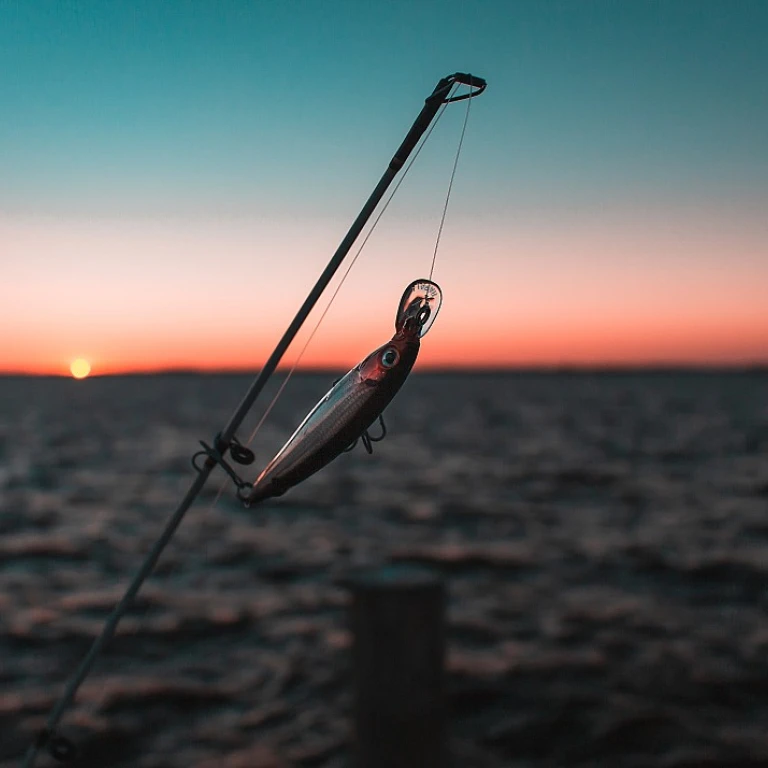
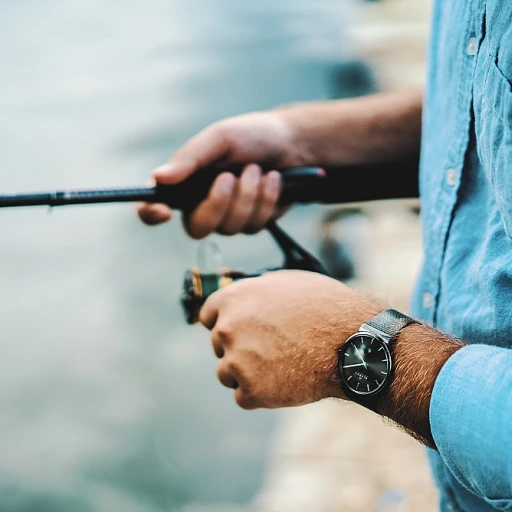
-large-teaser.webp)



